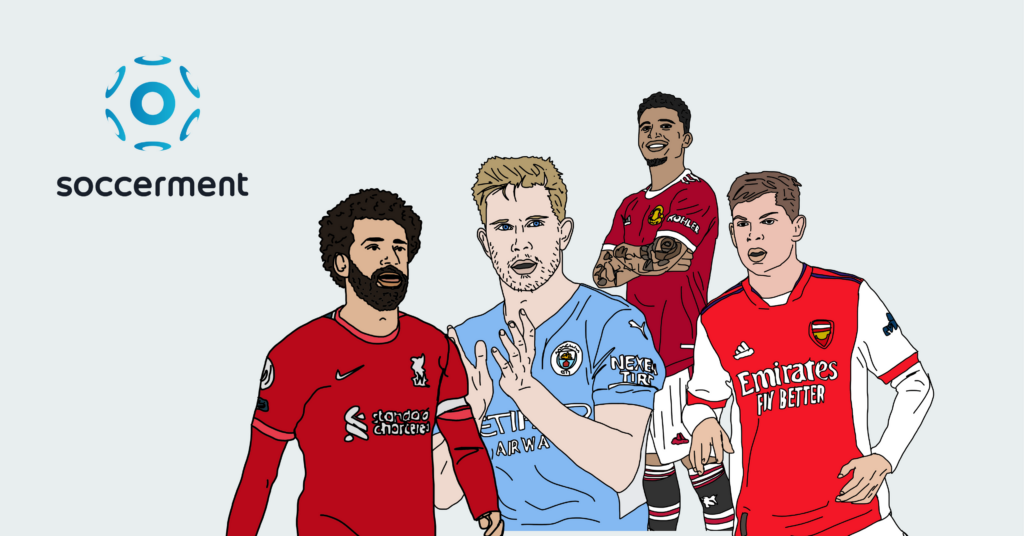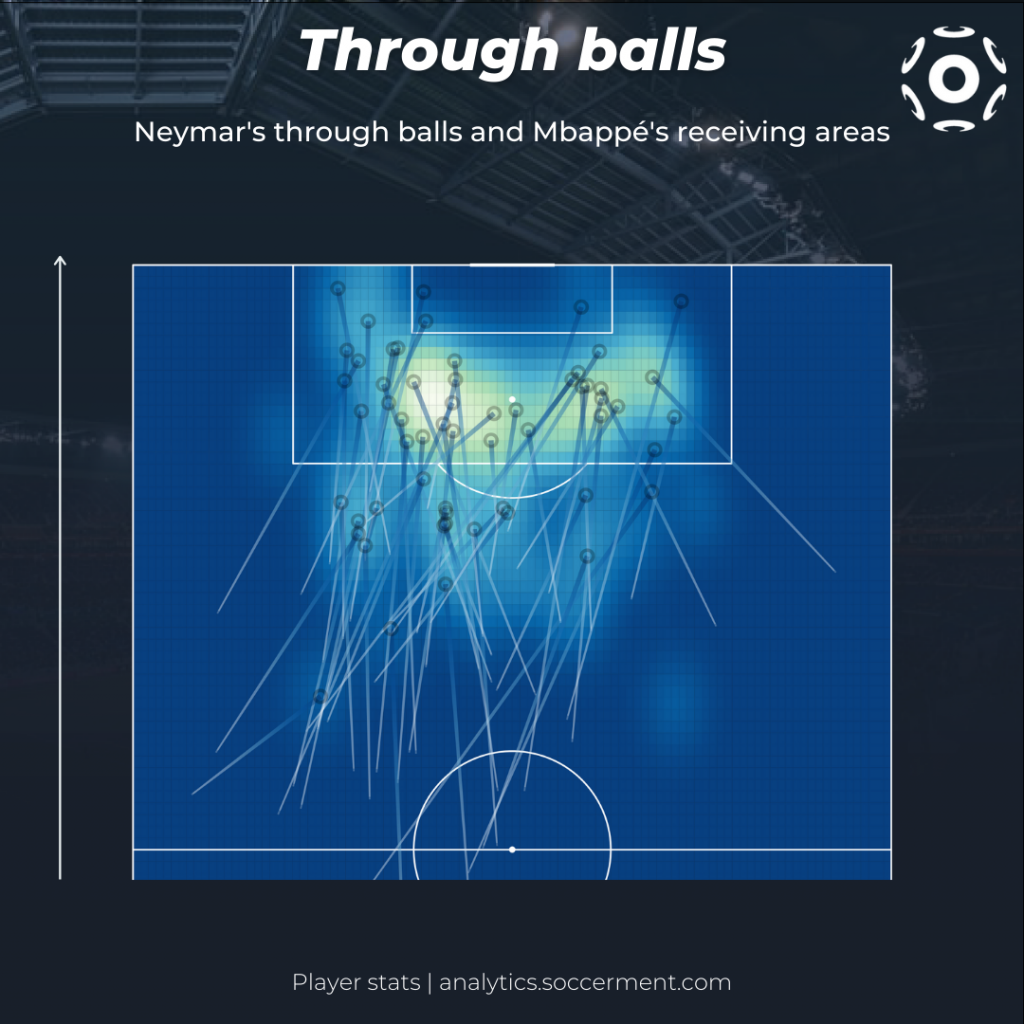We introduced Expected Offensive Value Added, or ‘xOVA’, to facilitate scouting for creative and skilled players, who are able to have a great impact in the final third of the pitch. Therefore, forwards, wingers and attacking midfielders top our xOVA charts. For example, in our database, the highest seasonal xOVA (22.27) was produced by Lionel Messi in 2017/18, while the best performance in P90 minutes terms was achieved by Kylian Mbappé in the 2019/20 season (0.80 xOVA P90). Who are the outstanding U-19 wonderkids? Which functions perform best in terms of xOVA production? Well, read below.
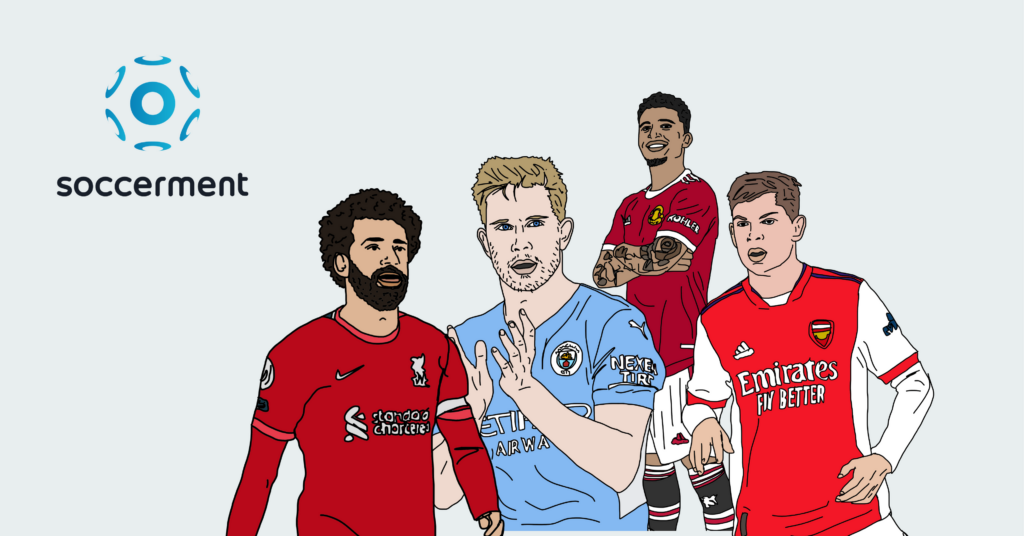
What is xOVA?
We introduced Expected Offensive Value Added, or ‘xOVA’, to faster identify footballers who are creative, skilled on the ball and that tend to have an impact in the final third by transforming possessions into dangerous chances either through clever movement or through line-breaking passes, thus creating valuable shooting opportunities.
As we wrote in our post (Soccerment’s Advanced Metrics, 21st August 2021), to measure the total offensive output of all footballers, evaluating both their shooting and creative passes, we combine non-penalty Expected Goals (‘npxG’, from which we also subtract the associated xG from direct free-kicks) and Open-Play Expected Assists (‘opxA’). In order to fully measure the player’s individual contribution, we then subtract from this total the Expected Assists they received, thus measuring the offensive value that the players add with respect to that received from their teammates. We call this new metric Expected Offensive Value Added, or xOVA:
xOVA = (non-penalty xG + opxA) – xA received
In our view, this rather simple metric offers a solid overview of a player’s ability to “positively transform” the possession, i.e. to increase the team’s chances of scoring a goal. The quality and the selection of shots and passes is reflected in the sum of Expected Goals and Expected Assists. By choosing npxG (and also subtracting the xG associated from direct free-kicks) and opxA rather than xG and xA, we can remove a potential bias towards set-piece takers whose numbers would otherwise appear inflated.
We also need to stress two important points: a) xOVA measures chance creation through shots and passes, not the actual outcome of those chances; and b) this metric can only be calculated with a “pass-centric” approach to Expected Assists, with a “shot-centric” xA it won’t work (since it wouldn’t correctly evaluate the player’s “transformation” of the possession, which is one of the reasons we chose the former).
A look at the xOVA stats
To better understand the metric let’s look at a few top performers. Here are the top 10 players for xOVA P90 when aggregating all data from season 2017/18 to the current one.
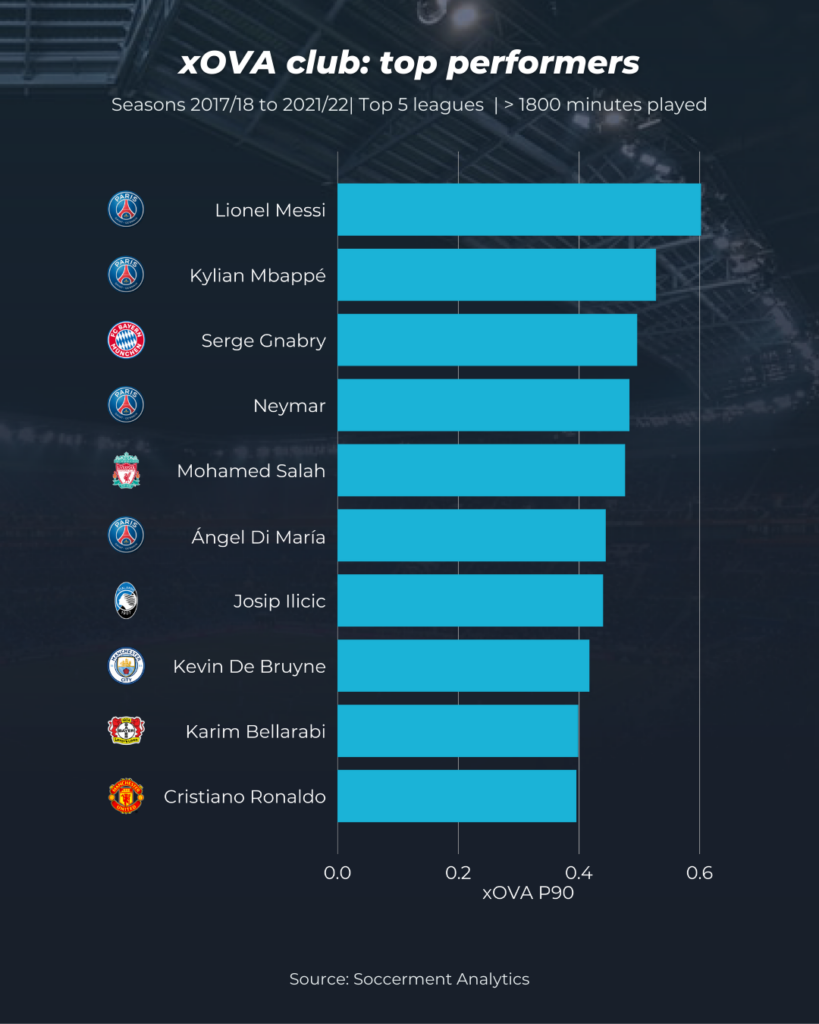
Unsurprisingly, the first 10 performers in terms of xOVA have been among the world’s best performers in recent years. Lionel Messi and Cristiano Ronaldo obviously need no introduction, however we can see how Messi’s more associative nature leads him to create more offensive value for his team when compared to the Portuguese, who still makes the cut to enter the top 10. Aside from Kevin De Bruyne (the only midfielder in the top 10), all the featured players usually play out wide. While some players may be more creators (Neymar, Ilicic and Di María), or finishers (Mbappé, Salah and Gnabry) than others, they all possess the quality to provide on both sides of the spectrum, thus justifying their inclusion among this list.
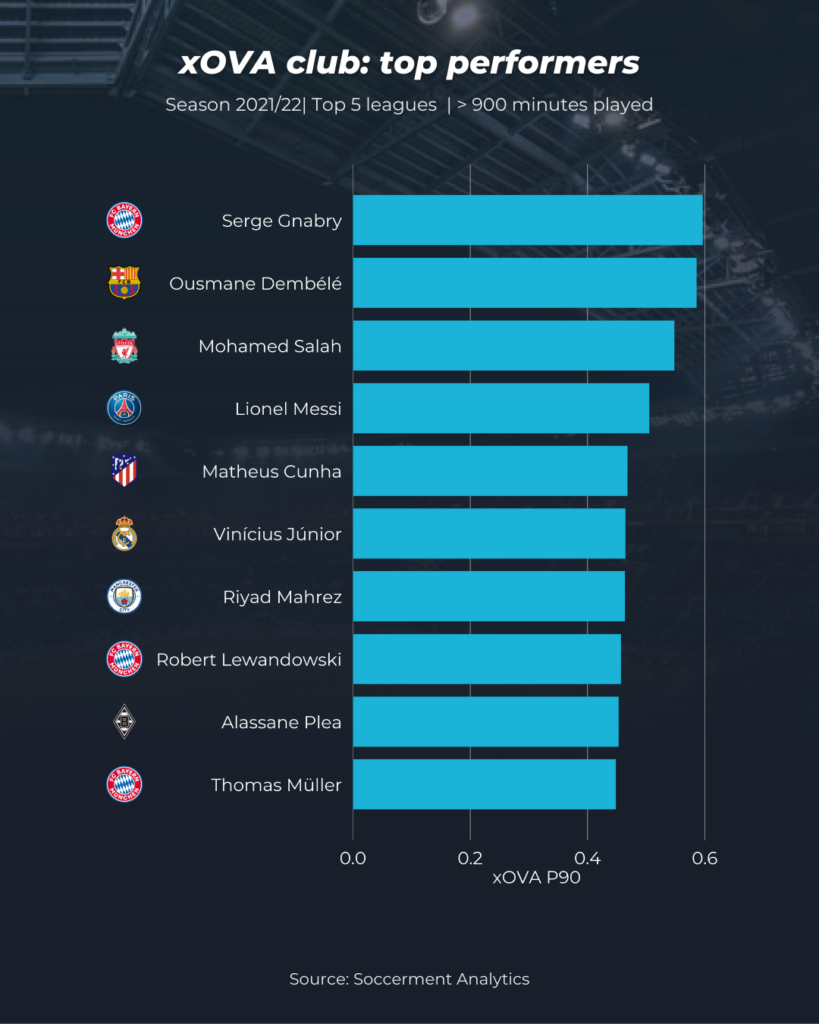
If we look at the current season, we find new names such as Ousmane Dembélé (more on him later), Vinicius Jr. and Riyad Mahrez.
Different ways of producing xOVA: Haaland, Mbappé & Messi
As we have seen, the top xOVA charts include stylistically different players. Leaving aside the player’s main duties (i.e. finishing or chance creation), certain players achieve high xOVA values through ball carries, others through link-up play and dangerous passes while others manage to fulfill both needs in different degrees. But how does this translate on the pitch? Let’s have a look at this through some examples featuring Lionel Messi and two of the world’s rising stars: Kylian Mbappé and Erling Haaland. Both youngsters share an uncommon ability in attacking the defensive line on the run (aided by their superior physical capabilities). They often receive through balls (they are the top players for through balls received in the top 5 leagues), which they then positively transform by carrying the ball into a shooting position or by providing a further pass for a teammate in an ideal position to shoot.
Running behind the defensive line and ball carrying
Although the ability to successfully run in behind the defensive line is fundamental for certain types of plays and facilitates the production of xOVA, it may happen that this isn’t fully captured by the metric in some situations. For example, if the receiving player makes a run, receives a pass and shoots with their first touch, the difference between the scoring probability measured by xA received and the one measured by xG will be less significant than in other cases, where the player carries the ball closer to goal before shooting.
Therefore, it is worth noting that xA received and xG do not coincide even for first-touch shots, because the pass-centric xA model is trained separately to the xG model, and tends to yield lower values due to the extremely low conversion rate of general passes into assists, compared to the goal conversion rate of shots. Here is an example regarding Haaland, which through his run enables a dangerous shooting opportunity which ends in a goal:
Are you a fan of Soccerment? Check our branded merchandise!
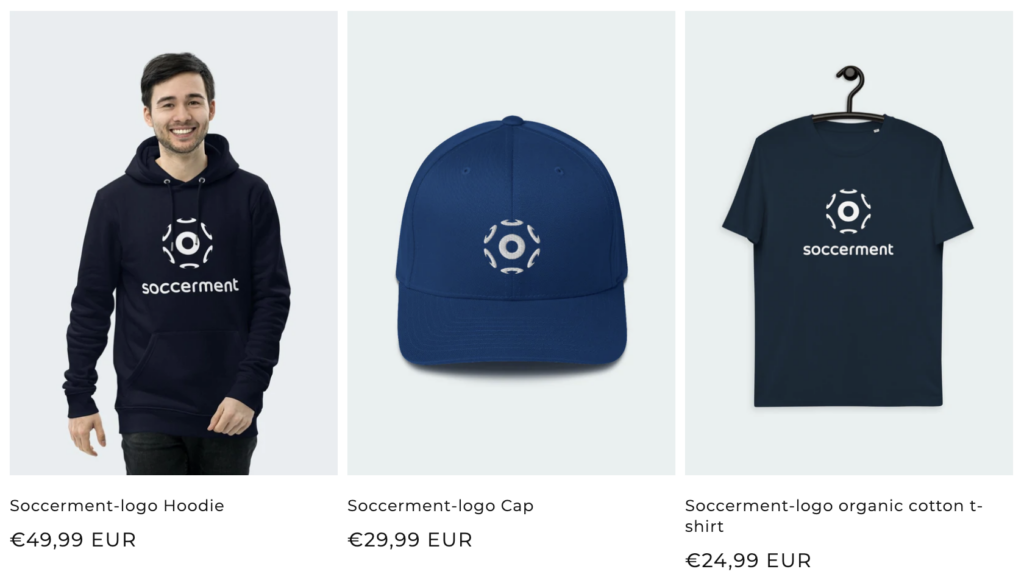
Dribbling
The next example shows how a valuable possession can be significantly transformed. Mbappé makes a very fancy through ball with the outside of his foot which finds Messi on the edge of the penalty area, who then controls the ball and dribbles past the goalkeeper before scoring.
In this case, Mbappé’s pass is very pleasing to watch and puts Messi in a good position. Messi’s first touch is exceptional and with his second he dribbles past the keeper leaving him with a shot from a very dangerous position. The resulting xOVA value associated with Messi is 0.40 in this case.
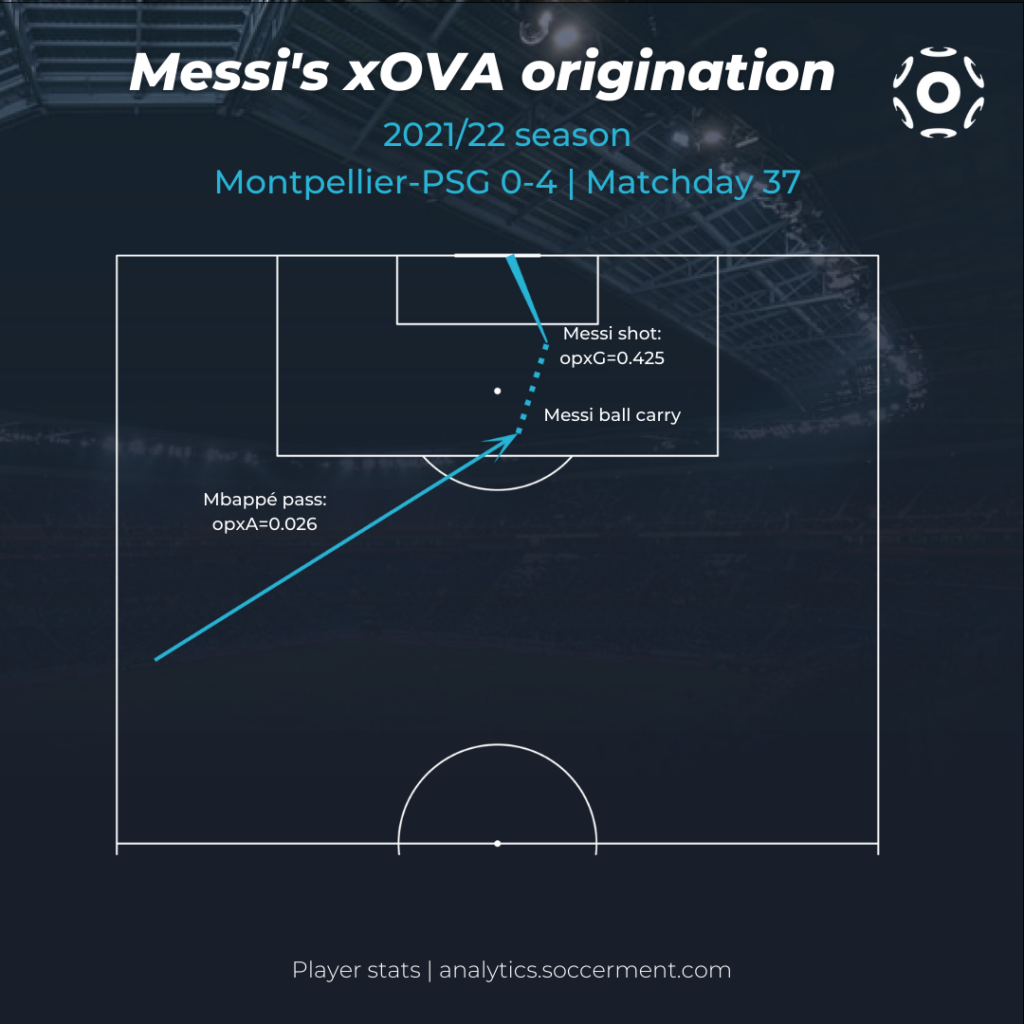
Killer passes
In some cases the player who makes the assist plays the most decisive role in a sequence. A line-breaking through ball, a well-delivered early cross or a deadly cutback are all means through which it is possible to be decisive in a play, which can then be fully captured by xOVA. Here is an example featuring Toni Kroos and Vinicius Jr.:
Forcing an error and pouncing on chances
Other common situations which can lead to generation of xOVA is when no pass is actually involved in the sequence. On one hand, scrambles in the box reward the attacker’s positioning and reactions. On the other hand, there are cases in which pressing and anticipation of attackers may force errors from opposing defenders. Here is another example involving the young Norwegian:
Player complementarity
Chemistry and having players with complementary attributes is obviously a very important factor also for the creation of xOVA. A very clear example is represented by PSG’s front three. Mbappé is almost undisputedly one of the best players in the world (if not the best) at running in behind the defensive line, thanks to his staggering pace (he is in fact the player who receives the most though balls on a P90 minutes basis in the top 5 leagues). The other two players (Messi and Neymar) are the ones who complete the highest amount of through balls in the top 5 leagues. The complementarity of their skillsets (we have already discussed the complementarity between Neymar and Mbappé in this post) is very clear as also evidenced by the images below. It should come as no surprise then that the trio is all included in the top 5 for xOVA.
Top ranked Wonderkids on xOVA
We had a look at the xOVA ranking for potential wonderkids, i.e. players born after 01-01-2003 (U19). The resulting ranking is shown here:
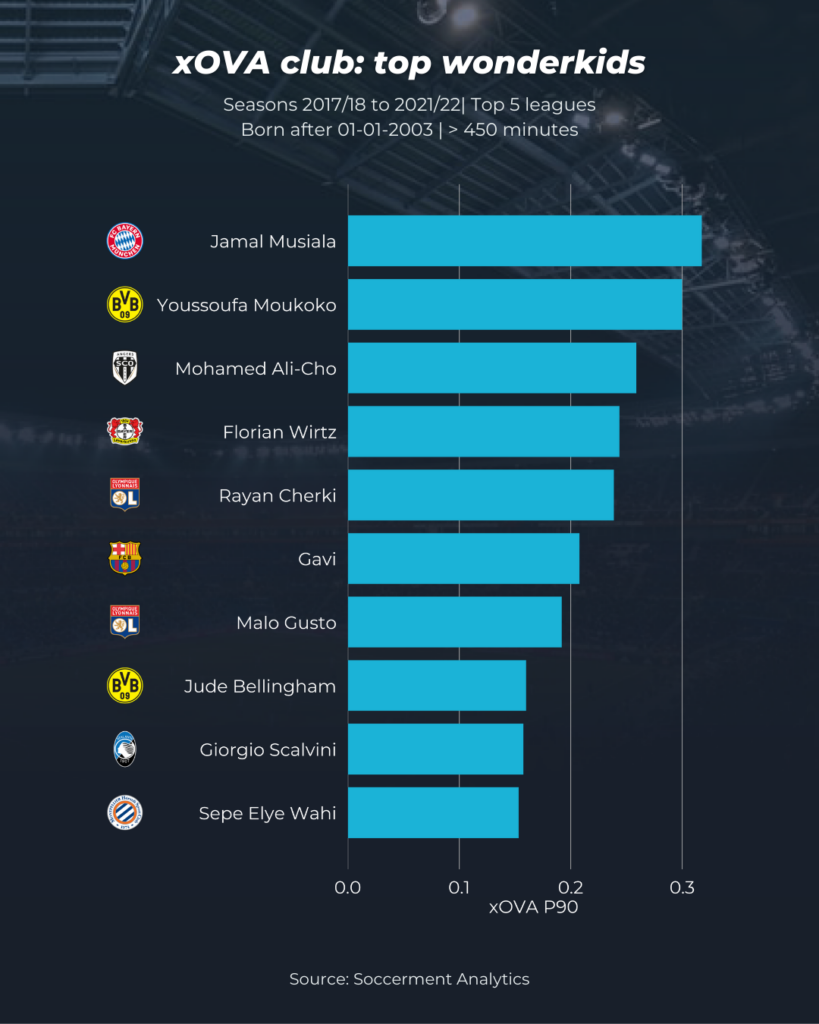
In the ranking we can find some young talents who have already made a name for themselves (Musiala, Wirtz, Gavi and Bellingham). Some players such as Scalvini or Malo Gusto (the only defenders in the list) may come as a surprise and other interesting players such as Ekitike and Rutter don’t make the cut for a matter of months due to their age. The youngsters of Angers and Montpellier (Ali-Cho and Wahi) have been given regular minutes in Ligue 1 having collected over 30 appearances each, allowing them to showcase their value. Finally, Bellingham is continuing his trajectory towards football’s elite and is steadily improving his offensive output. His teammate Moukoko has experienced his first full season with BVB and has managed to exploit very efficiently the few minutes which have been granted to him, by racking up 0.30 xOVA P90, ranking second on this list.
Which clusters record the highest xOVA?
In The Clustering Project, recently written together with Antonio Gagliardi (foreword by Fabio Paratici), we outline a new framework for player classification and characterisation, moving away from traditional player roles based on position within a formation, towards a data-driven approach based on players' actions on the pitch. We have identified 13 clusters of players who cover broadly similar functions on the pitch, according to stats related to defence, build-up, chance creation and finishing.
Each outfield player is clustered on the base of his performance metrics which determine his inclusion in a cluster, however certain players may share similar traits to more than one cluster (i.e. Mbappé is a hybrid between a Mobile finisher and a One-to-one explorer). The players' clustering profile is evaluated on a seasonal basis (so a player may switch cluster across different seasons), the total value is calculated through a weighted average across seasons with the most recent one being the most important.
In similar fashion to positions, those functions that are more associated with chance creation tend to record higher values of xOVA. In particular, four clusters tend to standout from the rest: One-to-one explorers, Chance creators, Mobile finishers and All-round finishers.
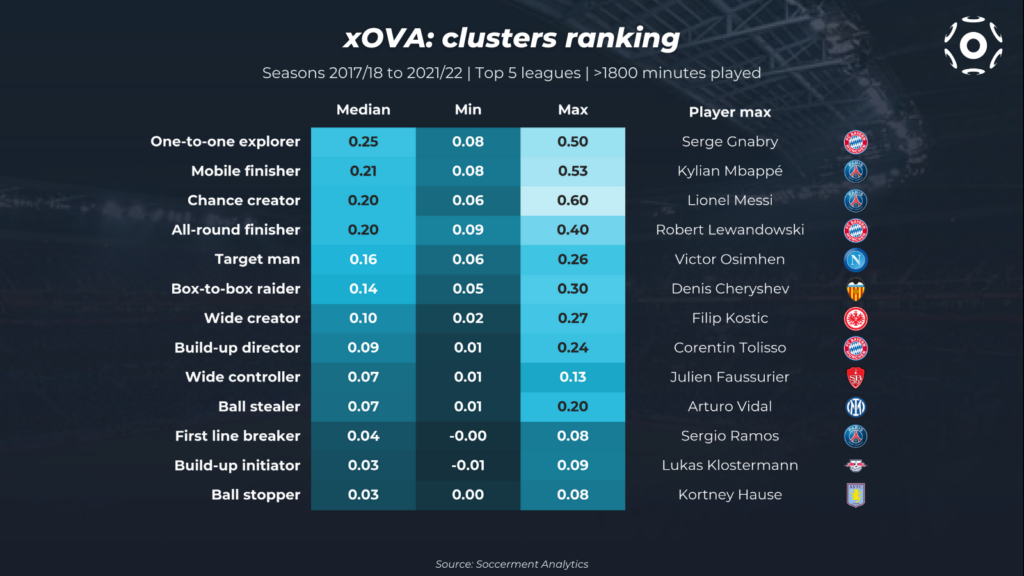
One-to-one explorers record the highest average values of xOVA P90. This makes sense, considering these are the best players at dribbling and ball carrying, qualities they can use to move the ball into more dangerous areas than the ones where they receive it, before shooting or passing it on. If we also consider that many players in the cluster are good passers (i.e. Sancho, Hazard and Grealish) this further justifies their performance in terms of xOVA.
Mobile finishers feature among the best thanks to their ability to transform possessions (i.e. getting into a good position after receiving the ball) and their contribution in both chance creation and finishing. Players such as Mbappé, Salah and Benzema feature in this cluster.
Chance creators are the next cluster and it is no surprise that they appear among the very best. The great ability that these players possess in chance creation allows them to record very high xA values, which are reflected in the ranking. Furthermore, players such as Messi and Neymar are also superior dribblers who can produce xOVA not only through passing but also through dribbling and ball carries.
Seasonal outlook
If we focus on the current season, we can highlight the top performers for xOVA in each of the Top 5 European Leagues, on a per-90-minute basis.
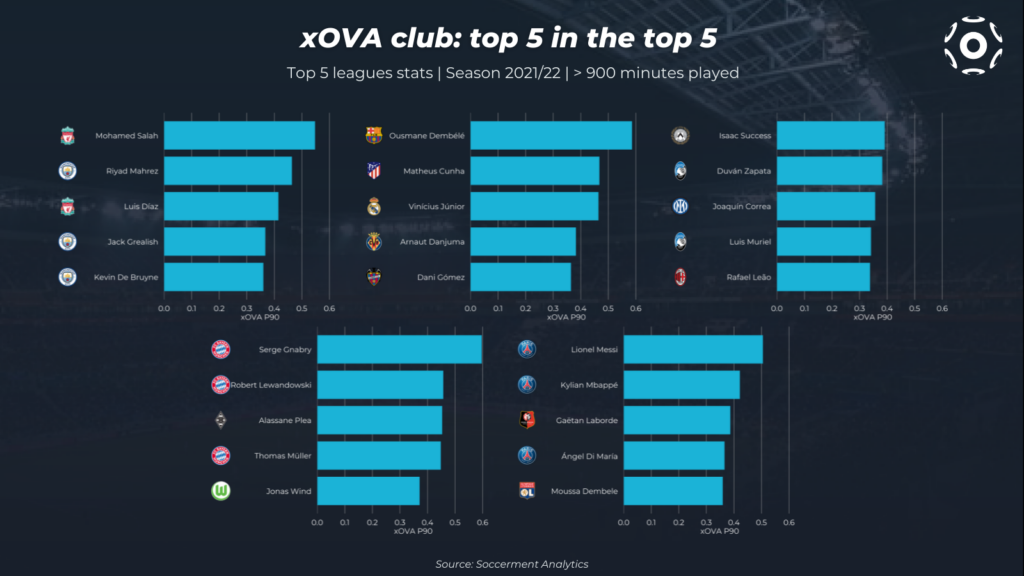
It is no surprise to see that all the top 5 ranking players in the EPL belong to Liverpool and Manchester City. Among these players, Luis Diaz's performance is particularly impressive, given the fact that he arrived in January from a less competitive league. This is likely thanks to a combination of his own merits and adaptability, but also a success of Liverpool's smart scouting in finding a player who can fit in their well-oiled machine. Moreover, the numbers recorded by Jack Grealish somewhat vindicate the superficial analyses that would cast a grim light on his debut season at Manchester City, due to his limited playing time when compared with his record-breaking transfer fee. Our data on xOVA P90 shows that the Englishman was able to provide real added value when deployed on the pitch, mostly thanks to his outstanding dribbling skills and vision for dangerous passes.
In the Spanish Liga, the top xOVA P90 performer could also be somewhat surprising: in January, Barcelona seemed to be very keen to get rid of Dembelé and his hefty wages. Just a few months later, with the full trust of new coach Xavi, the Frenchman's stats place him among the very best in the season in terms of chance creation, ranking second in the top 5 leagues narrowly behind Bayern's Gnabry for xOVA, but first for open-play xA P90 (0.50). Our xOVA metric also certifies the outstanding season of Vinicius Jr. with Real Madrid and Arnaut Danjuma with Villarreal, with the dutch being a decisive factor in bringing the team to the UCL semifinals.
In Italy, the top performer is also a surprise, because he doesn't play for one of the top teams: it is Udinese's Isaac Success. The Nigerian striker ranks first, although his 0.39 xOVA P90 is far behind the top performers in Europe, signalling a lack of elite creative players in the current Serie A. The top 5 list includes one of the key players in Milan's title push, Rafael Leão, who has been able to add scoring threat with his excellent dribbling and ball carrying skills.
In the Bundesliga, Serge Gnabry confirms his status among the most dangerous players in elite football, topping the league chart in addition to his 3rd place in the aggregate chart we showed before, only behind Messi and Mbappé. Lewandowski (who narrowly missed out on the overall top 10) follows behind with top assist provider Thomas Müller.
Finally, it is no surprise that the Ligue 1 top 5 list is dominated by PSG, with Messi and Mbappé in the top two spots and Di Maria grabbing another. The presence of Rennes' striker Gaetan Laborde is a testament to his excellent season, with 12 goals and 8 assists.
Correlation with other metrics
We can get additional insight into xOVA by looking at its correlation with other metrics. This is shown in the correlation matrix below, where we have used the Spearman rank correlation coefficient. We see that, among its components, xOVA correlates more strongly with xA (0.95) than xG (0.88). It also has a much stronger correlation with xT from ball carries (0.84), than with xT from passes (0.43), which confirms the fact that xOVA tends to reward players who successfully move the ball to more dangerous regions after receiving a pass. This is also confirmed by a high correlation level with dribbles in the opponent half (0.88). On the other hand, xT pass tends to reward actions which precede the direct chance creation phase, such as second and third assists, or simply progressive passes in the build-up phase. A more detailed discussion on the difference between xOVA and xT can be found in our xT explainer article.
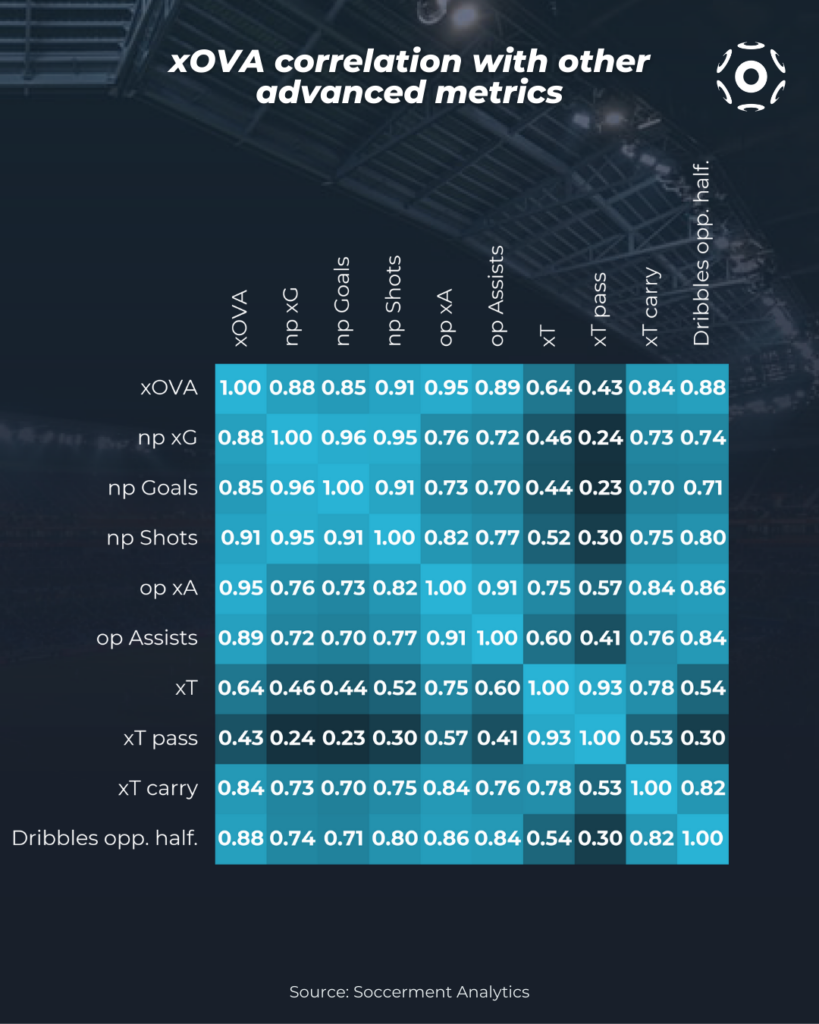
We have recently published an eBook, written with Antonio Gagliardi (Italian National Team Match Analyst) and with the foreword of Fabio Paratici (Football Director, Tottenham Hotspur), proposing a new framework to scout for football players: in modern football, the players' functions are more important than their position on the pitch when defining their roles.
Conclusions
With Expected Offensive Value Added (xOVA) we have proposed a simple way to combine information from Expected Goals (xG) and a pass-centric Expected Assists (xA) model into a single indicator that isolates the player's attacking contribution.
In this post, we have shown different examples of how xOVA can be produced, and we have looked at the top performers for this metric, on aggregate since the 2017/18 season (top performer: Messi), during the current season (top performer: Gnabry) and in the U19 age bracket (top performer: Musiala).
We have looked at our new player clusters, outlined in our eBook The Clustering Project, through the lens of xOVA, and found that the functions with the highest attacking output are One-to-one explorer, Mobile finisher, Chance creator and All-round finisher.
Finally, we have looked at the relationship between xOVA and other metrics, highlighting its high level of correlation with dribbling stats and Expected Threat from carries.
For any query, suggestion or comment, you could send us an email: research@soccerment.com.
To remain on top of what we do on the football research side, follow us on Twitter: https://twitter.com/Soccerment_Blog

